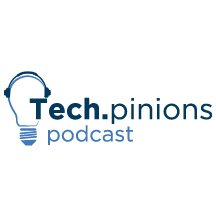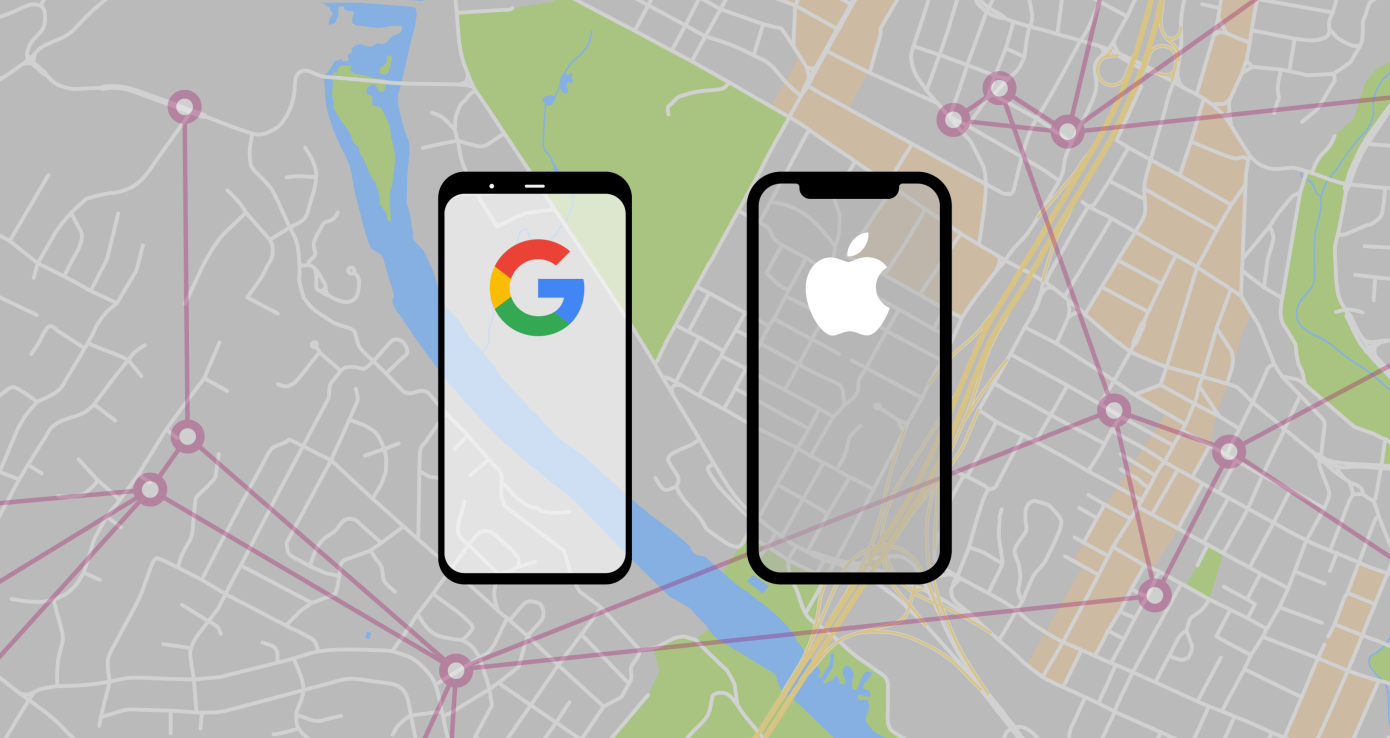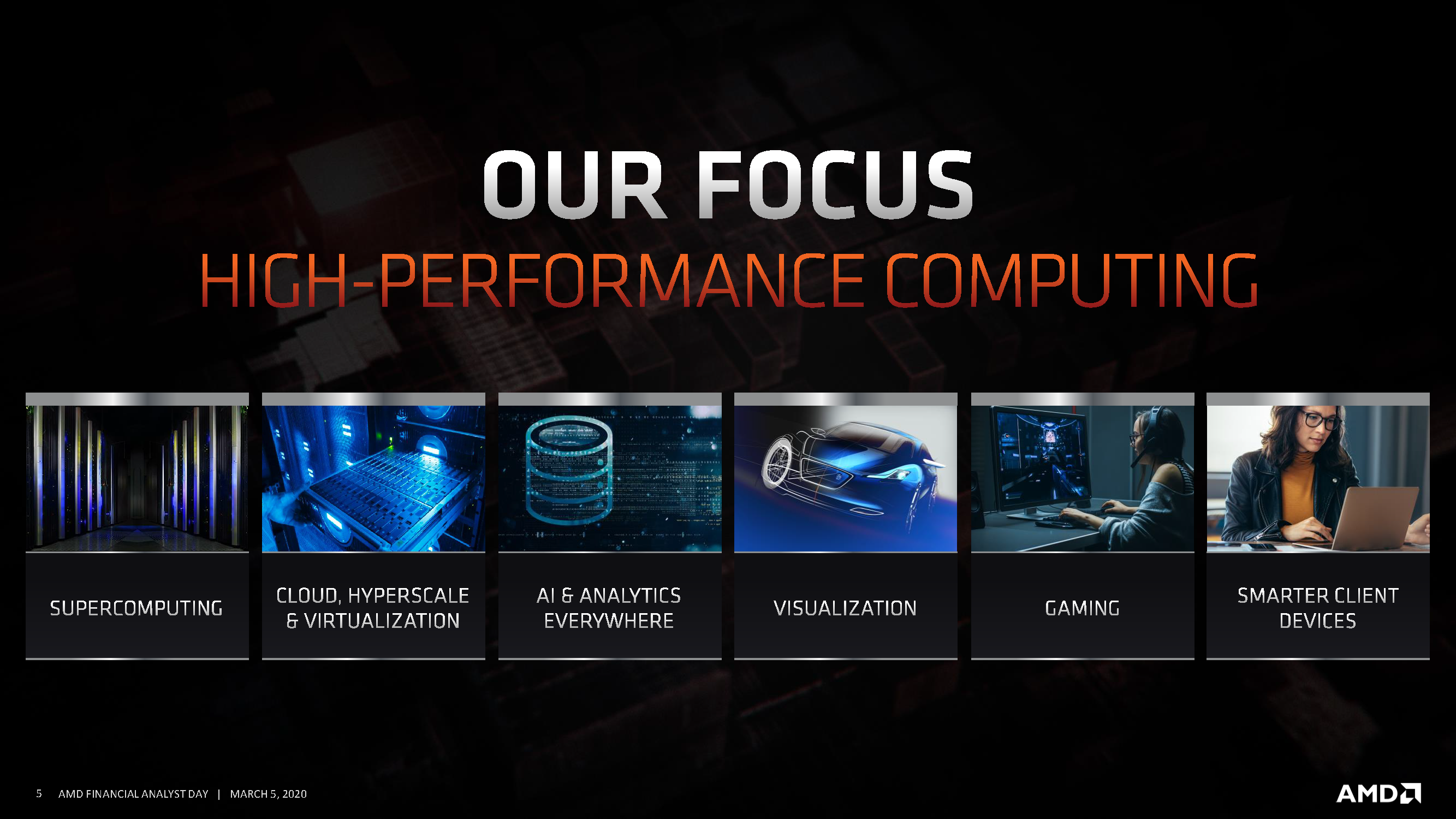Today kicks off Augmented World Expo USA 2020, one of the annual touchpoints for the world of Extended Reality (XR), basically from Augmented Reality to Virtual Reality and anything in between. Like many other events, the tech conference has gone digital due to COVID-19, so it will be interesting to see how they use XR in their own lineup. What is certain is that we can expect several announcements to be made during the week. A couple of brands even got ahead of the news cycle by announcing early.
First, Qualcomm announced a partnership with 15 global operators to bring VR viewers tethered to 5G smartphones to market within a year. Then, former HTC CEO, Peter Chou, introduced his new project: a new VR company called XRSpace. The project comes with an all in one 5G-connected XR headset called XRSpace Mova as well as a social reality platform called XRSpace Manova. Although the two announcements been only a few hours apart was probably pure coincidence, there is a lot that these two companies are doing to try and accelerate adoption, including delivering on some of my wishlist items that would considerably change my attitude towards XR. I have a feeling, however, these items are far from being unique to me, considering the still relatively limited uptake we have seen thus far.
Don’t get me wrong I do believe XR will play an important role in the way we communicate and experience in the future. Adoption will happen much faster in a business context than in a consumer one, mostly because the return of investment and the value add in a business context will be much more apparent to users.
At a time when so many are physically isolated because of COVID-19, and despite VR still limited penetration, we have seen an attempt to use VR to alleviate solitude, improve fitness and mental health. At the same time, the current economic downturn coupled with what was a tech overload for many parents dealing with distance learning while trying to work might have also not been the optimal environment to test out VR. All in all, too much of a mixed bag to assess how effective VR could be during shelter in place orders but not a reason to be negative as far as a future opportunity.
XR Viewers as a Steppingstone to Broader Adoption
I’ve been excited about the role that XR viewers could play in broaden adoption since I first heard Qualcomm talk about their plans and roadmap at Mobile World Congress in 2019. The excitement came from two main components of this new kind of viewers: first, the ability to lower the barrier of entry represented by the cost of many VR headsets. Second, the richer and more user-friendly experience that can be delivered compared to those viewers where the mobile phone would sit within the viewer itself.
For many consumers investing $400 to $700 for a VR headset remains a hard choice, mostly because the value these headsets bring is unclear either because they have never tried it or because they don’t see themselves using VR often enough to justify the investment. Some consumers who do appreciate what VR has to offer are put off by the bulky design of most headsets and the clunkiness of the experience.
The Qualcomm XR Optimized Certification Program will help OEM partners deliver on that rich experience by guaranteeing compatibility between the 5G phone and the viewer, specifically looking at these key features: Six Degrees of Freedom (6DoF), head tracking performance, display calibration validation, motion to photon latency validation, power and thermal performance.
5G connectivity and the lighter, nimbler designs of the viewers will also help make the experience more mobile, creating more opportunities for engagement. Another limitation of the current systems is that they are mostly used within the home.
If the relative success of Oculus Quest is something to go by, it seems clear that standalone VR headsets are what users want, but for those who might not be quite as ready to invest XR, viewers might be the closest thing to a standalone experience. Linking XR viewers to 5G smartphones is a smart move because of the experience that can be delivered through 5G but also because it represents a great opportunity for OEMs and carriers to offer bundles lowering the barrier of entry some more.
XR Must Connect Not Isolate
Peter Chou has always been a big believer in VR after all HTC got into this business when he was still the CEO. He first teased the idea of XRSpace back in 2019 at Mobile World Congress when he talked about an XR experience with a social component at its core. The idea of bringing a social component to VR is not new. Last year, Facebook launched Horizon, basically a VR world designed for Oculus users to meet and socialize. The move seemed a pretty obvious step to make Facebook relevant in the future and limit the risk of missing the transition from mobile in a similar way as we saw from the PC to mobile. Chou’s decision, however, has little to do with business model and a lot to do with opportunity as he claims that without a social component, VR will fail to win over a broader set of consumers.
While XRSpace Mova grabs the title of the world’s first 5G consumer mobile VR headset powered by Qualcomm, it is the XRSpace Manova platform that should get much of our attention. Manova introduces full-body avatars that can interact in a different social context like work, health and fitness, education and entertainment. Mova is capable through its sensors and a proprietary scanning technology to understand hand gestures and analyze real-world spaces to replicate them within the VR app. Between 5G and this scanning tech, it sure sounds like Mova will allow for much more freedom than the current head-mounted displays allow for, which will help build a broader set of use cases and, therefore, a wider appeal.
If there is one thing that COVID-19 has shown us is how much can be done digitally. What it has also made clear is that humans will always crave real-life human contact and interaction. So, it seems to me that Chou’s idea that VR should connect not isolate people makes a lot of sense. Whether or not the platform will be successful will depend on how much content is created, another limitation the segment is currently facing, and how much it will all cost.
As I look at the marketing videos and material for XRSpaces, I am struck by the lack of diversity that comes screaming through these vignettes. If we want to extend our reality and create more opportunities for social interaction, let’s make sure it is a better reality, one where everybody feels seen and represented. The lack of diversity in VR could ultimately cap its opportunity much more so than cost and tech.















